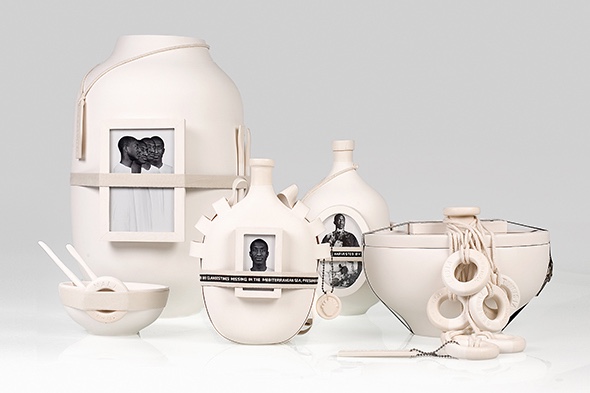People, art, goods and culture have flowed between North Africa and Europe for thousands of years to the benefit of both
Studio Formafantasma, a creative design agency based in Amsterdam and founded by Italian designers Andrea Trimarchi and Simone Farresin, has developed a coherent body of work characterised by experimental material investigations and explored issues such as the relationship between tradition and local culture, critical approaches to sustainability, and the significance of objects as cultural conduits.
Moulding Tradition is one such creation. It centres on the geo-political (and pertinent) issues of immigration, assimilation and the historical cross-flow of cultural currents between North Africa and Italy. Moulding Tradition was informed by the Sicilian ceramic tradition of Teste di Moro, 17th-century vases from Caltagirone in Sicily that portray the head of a Moorish man circa 1100AD when Arab culture was dominant in that region of the country.
Now, many centuries later, the same people who once occupied Sicily and brought the cultural heritage that helped make Caltagirone famous are returning, but not as conquerors, as immigrants.

According to public opinion, 65% of Italians believe migration is a danger to their culture. Through Moulding Tradition, Studio Formafantasma aims to highlight these contradictions while questioning current attitudes towards immigration, national identity and the tendency of craft to mindlessly perpetuate the past. Each object speaks to some aspect of the immigrant experience: wine bottles recall the fruit in Sicily harvested by migrants and bowls represent the boats conveying refugees across the Mediterranean.
The result is a collection of refined ceramic vessels adorned with portraits of an émigré, buoy-like discs engraved with the percentage of refugees who immigrate per year and ribbons woven with news reports on illegal immigration published during the project’s production period.




